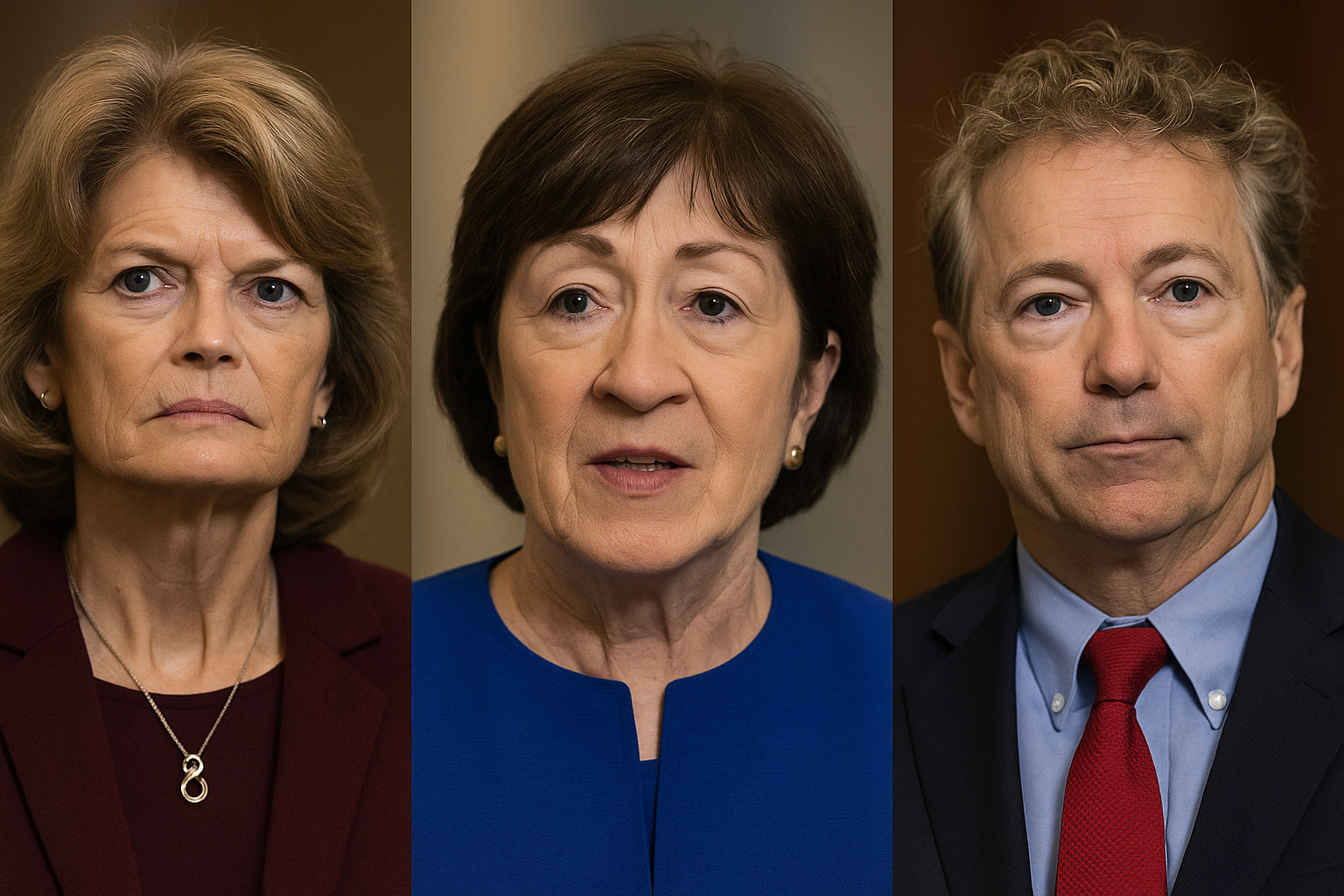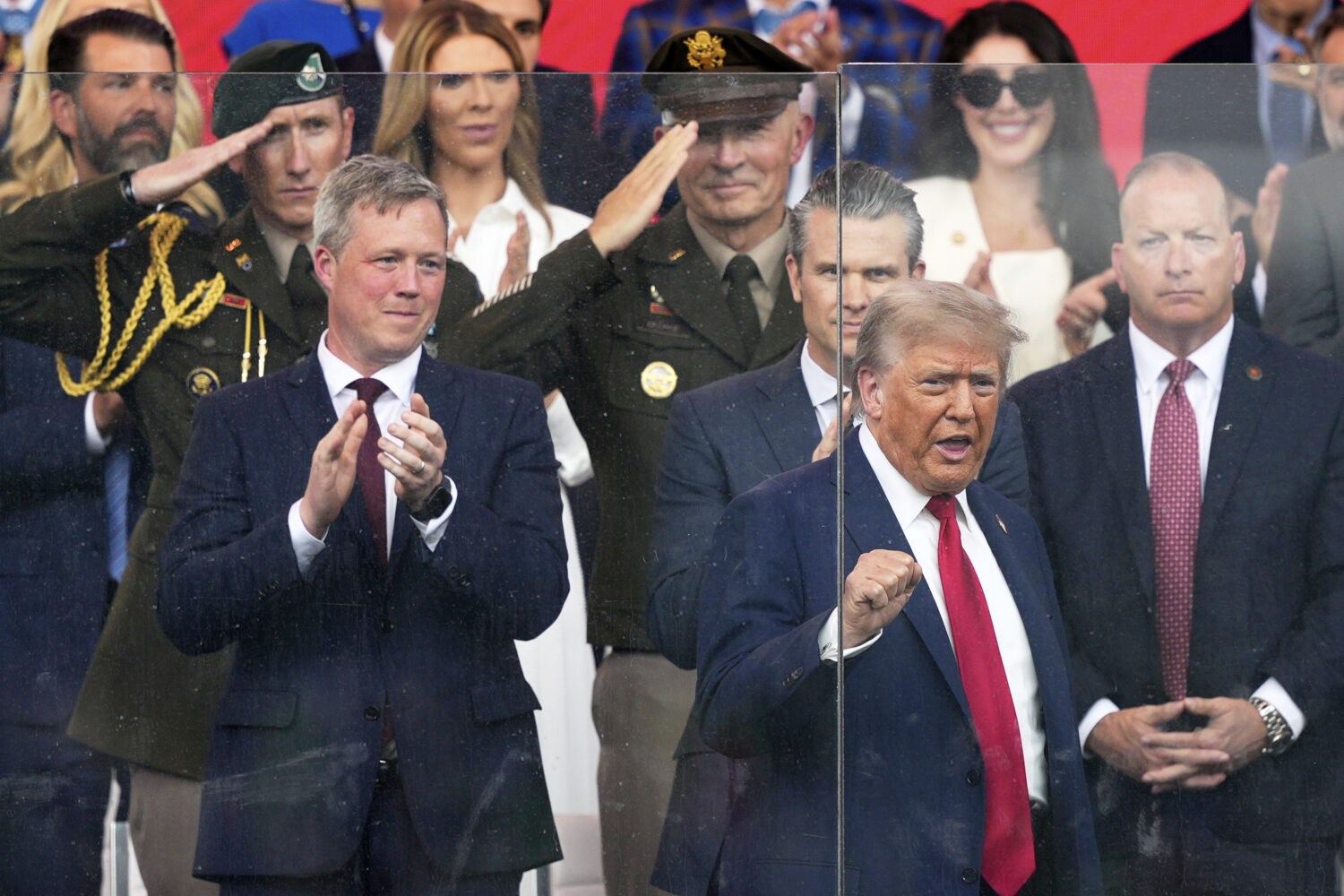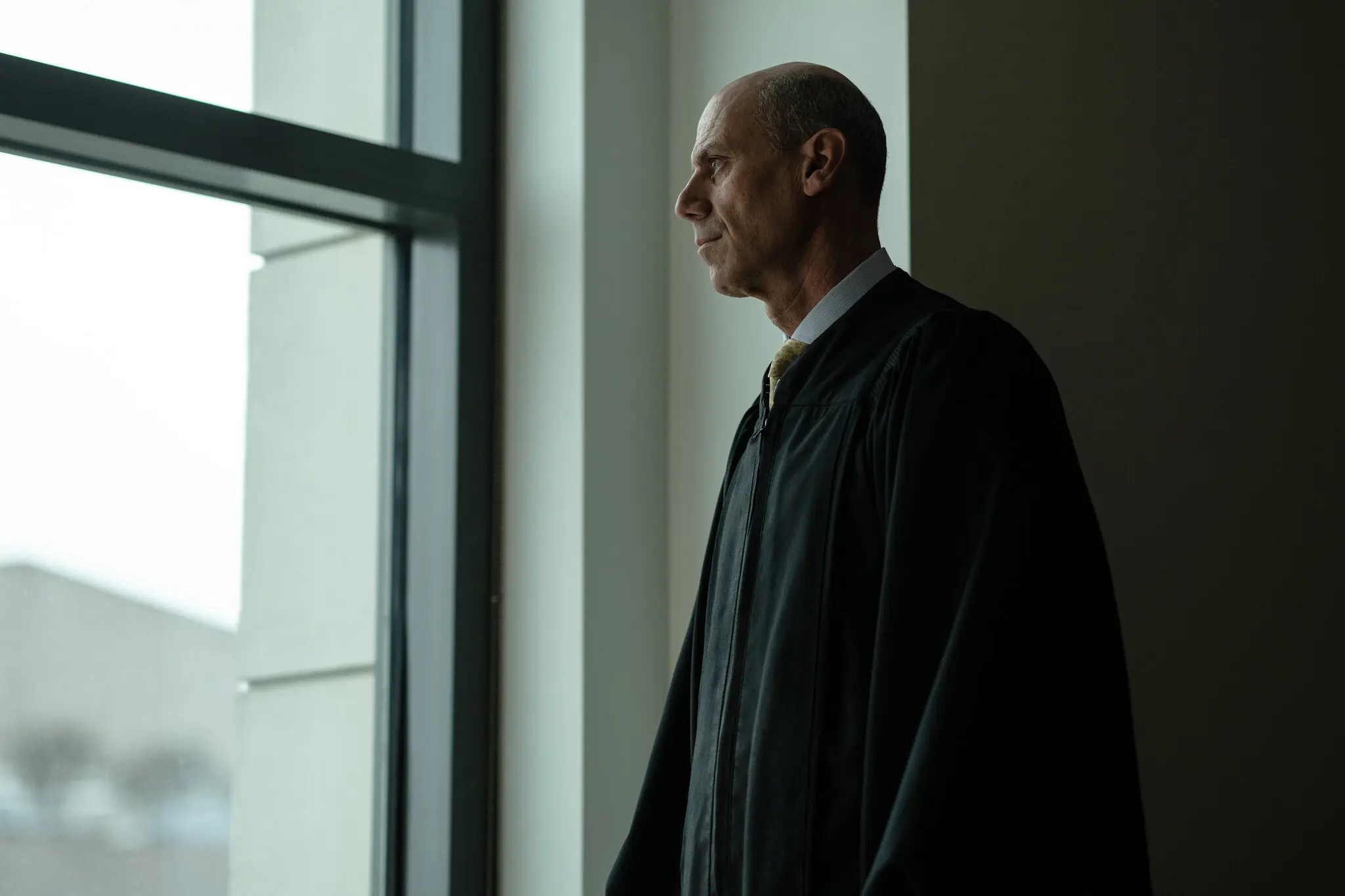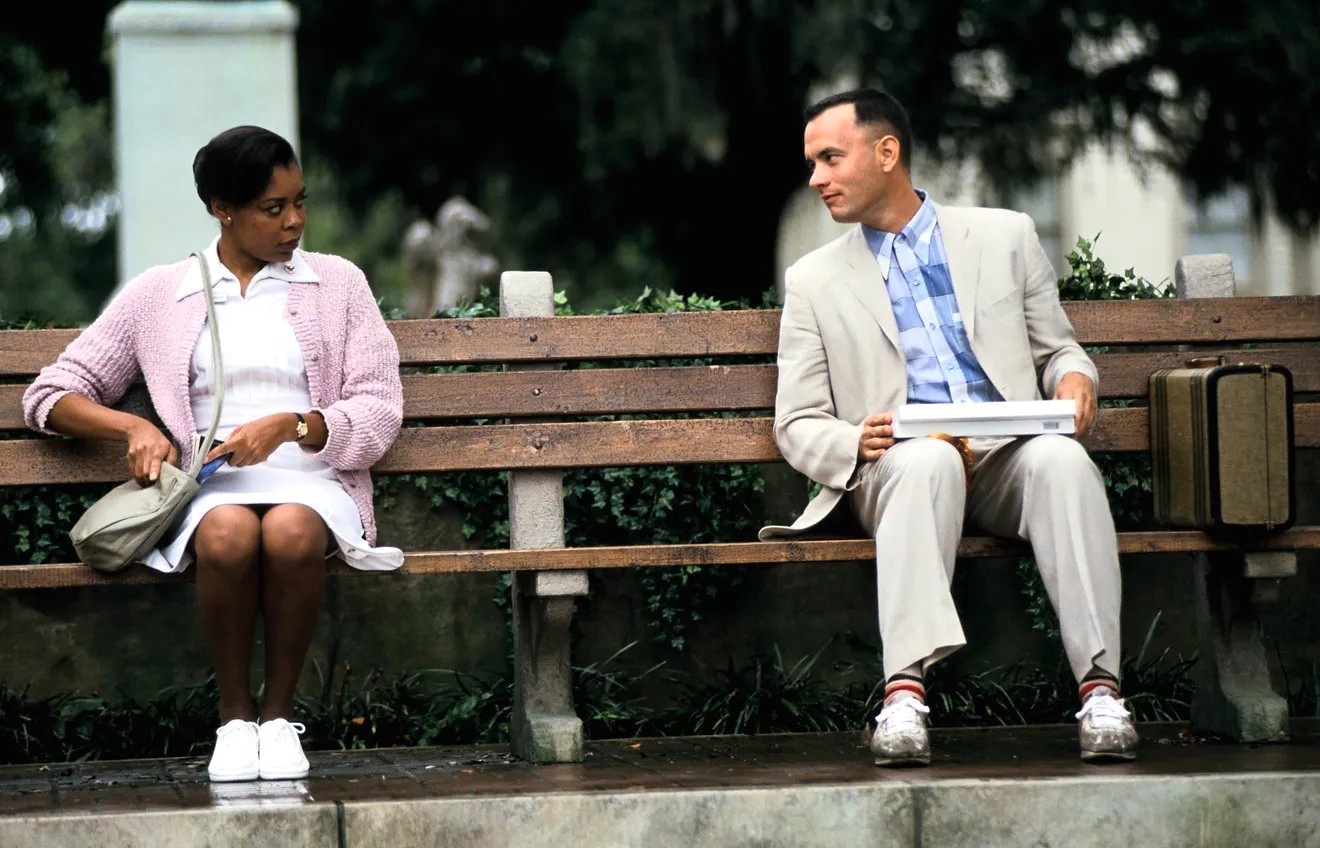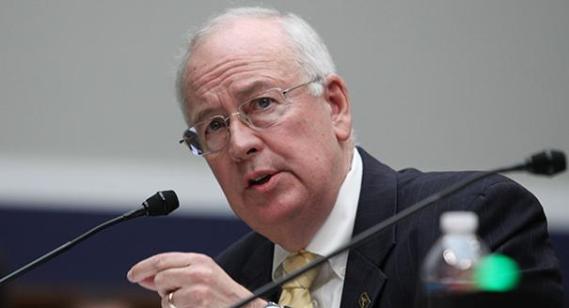
Where do you go when the court of last resort turns you down?
For the past several years I’ve been researching a couple of aspects of the Office of Independent Counsel headed by Kenneth Starr and succeeded by Robert Ray. I interviewed Jo Ann Harris, the former assistant attorney general for the Department of Justice’s Criminal Division under then-Attorney General Janet Reno. Harris was not only the first woman to head that post, she was also an uncompromising fighter to see that the Department reflected nothing less than the best that a Justice official and attorney should be.
On December 6, 2000, Harris and her Co-counsel Mary Harkenrider, released their independent report on allegations of misconduct by the OIC against Monica Lewinsky. After a 19-month Freedom of Information request, I secured a copy of that report.
In one of many interviews, Harris explained to me that because the Lewinsky case had gained high public visibility she had an agreement with then-Independent Counsel Robert Ray before beginning her investigation. That agreement stipulated that either her full report or a comprehensive summary would be made public. Ray reversed course on the deal. Only a brief, and according to Harris, a mischaracterized summary appears in the “Final Report of the Independent Counsel,” filed May 18, 2001.
On January 9, 2002, Harris submits rebuttal comments to the court attaching an “exhibit” (a second copy of her Report), requesting that both her comments and her full Report be released to the public in the Independent Counsel’s “Final Report.”
On February 15, 2002, Harris receives word from the Special Division denying her request.
After contacting several intermediaries at the court, I finally heard from Judge David B. Sentelle, who was one of the original members of the three-judge panel that comprised the Special Division. “The Special Division no longer exists,” Sentelle wrote, “and I have no remaining authority over anything connected to that Division.”
I read the Sentelle letter to Harris who reacted angrily: “Outrageous. You can’t just say you have no authority and walk away from the matter. You can’t have documents sealed, and then say because the Special Division no longer exists and suggest that there is no authority to go to regarding unsealing. Not in this country!”
Another Archives search resulted in a copy of Harris’ February 16th and 18th letters to the clerk of the Special Division, which are not under seal. The February 16th letter puts forth her comments absent the exhibit (second copy of her Report) contained in her original January 9, 2002 letter.
In this heavily footnoted 8-page letter, Harris reiterates her agreement with Ray when she and Harkenrider decided to undertake their investigation. “We discussed what would happen if he [Ray] did not accept my findings, conclusions, or recommendations. Our shared view was that in such an event, the public interest was so great and public accountability so important that both my findings and conclusions, and his, would be made matters of record, giving members of the public the information needed to form their own views.”
Reports submitted to the Special Division of the Court are immediately under seal until the three-judge panel unseals them, making them available to the public.
At this point, everyone apparently believed that because Harris had attached a copy of her report to her comments to the court and the court kept that filing under seal that her report was also under seal. However, according to the National Archives, that was not the case. “If the Special Counsel report prepared by Jo Ann Harris had been marked as under seal,” the archivist writes, “it would not have been released. The copy of the report that was released to you was labeled as the original and there was no indication in the file that the report was sealed. Two other identical copies were located in the Independent Counsel’s records and neither copy was marked as under seal.”
While Harris and Harkenrider believed that their Report had been sealed by the court, further Archives research proved that it was only Harris’ comments to the court with attached Report that were under seal, not her original Report.
Nevertheless, during the course of my research, I came across a number of other documents held by the Special Division of the Court that remained under seal.
In one of several final conversations with Harris, who called me from a hospital bed, she asked, “I don’t know how far you want to take this, but it’s my understanding that the Chief Justice of the United States would be the individual with ultimate authority over the Special Division.”
In a detailed letter to Chief Justice John Roberts (Oct. 28, 2014), I requested that ALL files under the Independent Counsel be unsealed and available to the public. I made a follow-up request (Jan. 14, 2015), using as my central thesis the fact that I was not asking anything more than what Ken Starr himself had asked of those called before the Independent Counsel in an interview airing on PBS on February 5, 1998.
Early in that interview, Mr. Starr makes clear: “We want the truth. We want all the truth. We want it completely, accurately… And that is the absolute bedrock point. We want the truth.” In that same interview, Mr. Starr states: “…we want all of the facts. And we want people to be accurate and truthful with us. That is the bottom line. There must be truthfulness; there must be accuracy; there must be completeness. We call it transparency.”
In my letter to Justice Roberts, I wrote, “In requesting that all of the Starr/Ray files of the independent counsel currently under seal in the National Archives be unsealed, I would argue that I am only requesting what the independent counsel himself requested of both Ms. Lewinsky and the president: “…the truth … all of the facts… accuracy… completeness… [and] transparency.”
A March 27, 2015 response from the Supreme Court reads as follows:
“The Clerk of the Court referred to my office your letters of October 29, 2014 and January 14, 2015, requesting that documents relating to an independent counsel investigation be unsealed.
“I understand that you made the same request to the Chief Judge of the United States Court of Appeals for the District of Columbia Circuit. According to the records you sent, the former Presiding Judge of the Special Division for the Purpose of Appointing Independent Counsels concluded that he lacked authority to take action regarding your request because the statute that authorized the Special Division lapsed and is no longer effective.
“Neither the Supreme Court, nor any Justice of the Court, has authority to grant your request. –Sincerely, Ethan V. Torrey, Legal Counsel”
I have no doubt that Jo Ann Harris would have the same reaction to this response as she did to the original Sentelle letter (Sept. 5, 2014) I read to her claiming that he had no further authority.
What’s particularly disturbing to me is the fact that both a Chief Judge of the U.S. Court of Appeals and now the Chief Justice of the U.S. Supreme Court have reasoned that because a statute has lapsed, that everyone, including the Chief Justice of the United States, lacks the legal authority in unsealing files of a publicly funded, high-profile investigation; an investigation in which Independent Counsel Kenneth Starr himself makes clear to those whom he is investigating, “We want the truth. …We want it completely, accurately… And that is the absolute bedrock point.”
If Ken Starr’s statement is to make any sense at all, it should include opening ALL of the independent counsel’s files to the public, with the exception of Grand Jury testimony.
In looking back on her work, Harris said, “My fundamental concern here is that a prosecutor’s office has more power and more responsibility in our criminal justice system to see that it is fair and just, and that the public have confidence that it is fair and just. I think that Starr’s whole operation was sort of the ‘poster-boy’ for causing a lack of public confidence in what prosecutors do. You can’t be fair and objective without being absolutely dedicated to ethical conduct.”
I am assessing options and will report when I know more.
Comments

